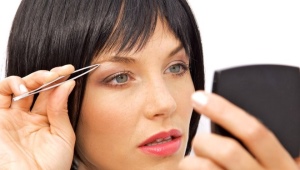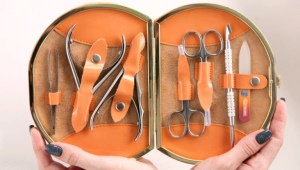All about cuticles and caring for them
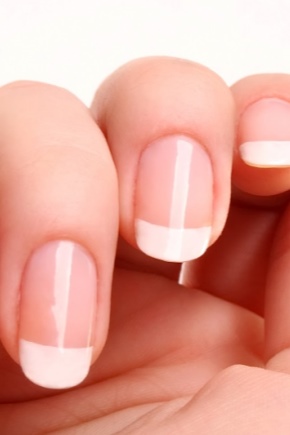
The cuticle is an important component of a competent manicure. As a rule, few people really care for her and are interested in information on such care. The presence of burrs, torn cuticles, dirty or exfoliating - the first sign that you are not caring for your nails.
What it is?
The cuticle is a seal in the lower part of the nail, the so-called leathery roller. It is located at a certain distance under the skin, and it is impossible to see it completely. Only the edge of the cuticle is visible, already dried up, and, in fact, dead - it is from it that the burrs begin. In medical language, it is called pterygium and is located directly on the nail. The rest of the cuticle (eponychium) is the tissue part of the matrix that surrounds the nail from the inside.
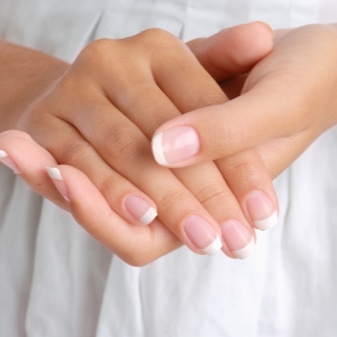
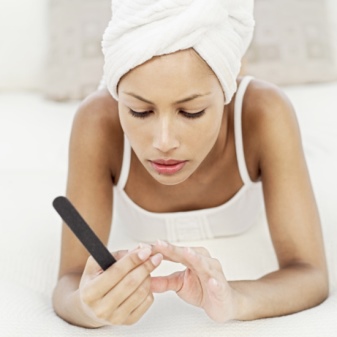
Why is it needed?
First of all, the cuticle performs protective functions - it does not allow bacteria and various dirt to get under the nail into the growth zone. It is airtight, isolates the nail itself, its bed and matrix from the penetration of air and moisture.
The matrix is the root of the nail, the part where it begins to grow. It is easy to understand that if the matrix is damaged, then this will negatively affect the health of the entire nail.It will begin to peel off, break, and grow more slowly. All this can lead to diseases of the nail and to the fact that the matrix will stop producing the substances necessary for the growth and normal functioning of the bed.
The cuticle is located close to the matrix, it protects it from any troubles and physical or chemical influences.
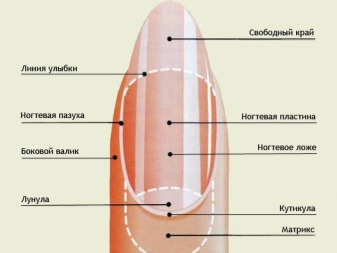
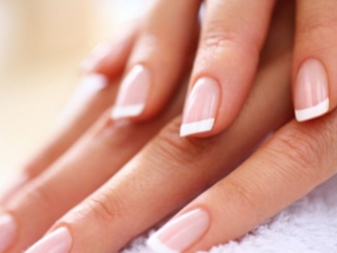
By the way, the matrix has a continuation on the nail plate in the form of a lunula - the same crescent, which clearly stands out from the rest of the nail and has a more milky color. This part of the matrix is not protected by the cuticle, is more sensitive and consists of living cells, so it also needs to be looked after.
It depends on the matrix whether your nails are long or short, dense or brittle. This is a completely genetic moment, but proper care will help to slightly improve the condition of the nails and cuticles. If initially your nails were strong, the cuticles were healthy, and then they began to break and burrs appeared, then the problem is inside.

Care
Of course, the nail plate requires special care. But you should never deprive the attention of the cuticle and the nail bed, which is responsible for their normal condition and growth.
Despite the fact that the nail bed and the upper part of the cuticle are keratinized, they require some care. Yes, a nail can stand the test of a cleanser or hard red polish, but it's best not to risk it. If you're going to be washing dishes, doing housework, or handling chemicals, it's best to wear gloves. The action is light, but will help keep your hands well-groomed.

As for special products, there are many of them - wax, pencil, creams, oils ... All of them are aimed at moisturizing and softening the cuticle, but they act in different ways. The step by step procedure looks like this:
- Nail polish or shellac is carefully removed from the nail using a solvent or special wipes.
- Overgrown cuticle is removed upon request., and by any of their methods, care will still be approximately the same.
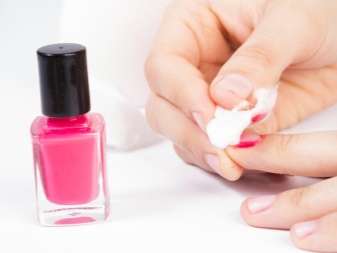
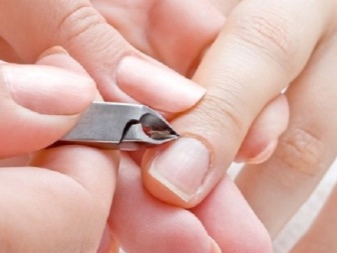
- One of the selected care products is applied to the nail plate - oil, wax or cream. The oil can be either purchased cosmetic (special mixtures in jars) or pharmacy - pay attention to grape seed oil, jojoba and avocado. They have high moisturizing properties and deeply nourish the cuticle and nail bed. If you need to whiten your nails, look at citrus oils - especially lemon. If you strengthen and accelerate growth - almond and bonfire, an oil solution of vitamin E or A, as well as shea and coconut. Wax has rather polishing and sealing properties, it is effective in the fight against burrs and gives the cuticle elasticity, and the nails themselves - a healthy shine. Its use together with a polishing nail file is effective.
It is desirable to treat the entire surface of the hands with a cream, just massage the fingers in the matrix area a little more carefully.
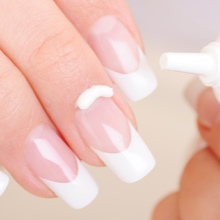
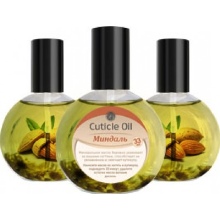
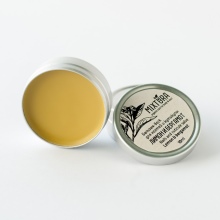
Periodically, you can use peeling or scrub for nails and hands. It hides peeling, reduces the risk of inflammation and growth of the cuticle. It can be both a peeling roll and a regular one, pay special attention to those peels that contain vitamins and fruit acids, which are responsible for removing only dead skin parts without touching the healthy ones.
How to delete?
There are several ways to remove the cuticle. Each is selected based on your personal preferences, as well as the condition of the cuticle and nail. Remember that it is impossible to permanently remove the cuticle, but careful care and periodic removal procedures will significantly improve its appearance.
- Hardware. The main tool is a grinder that works like a soft polishing file. It acts very gently, does not touch the living cuticle, removes only the keratinized one. Thus, this is the safest and most popular way, although it has its own subtleties. So, for example, you can’t trust your hands to an amateur who can damage both the nail, the protective layer, and the living cuticle. Hardware cuticle removal is a salon procedure and cannot be done at home.
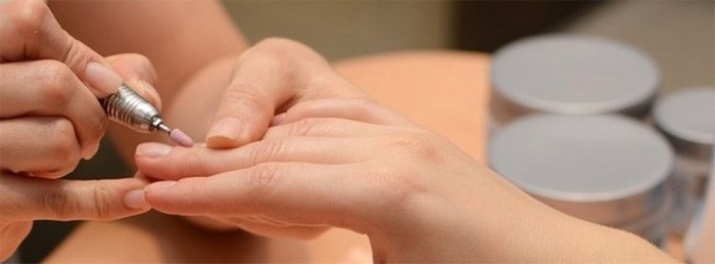
- Edged. The most dangerous and oldest method. The fact is that the cuticle is naturally cut with special devices - nippers, which are called "tweezers", trimmers or scissors, thereby having a rather rough and aggressive effect on the skin around, the matrix and the living part of the cuticle. Moreover, the procedure is thankless - the skin, trying to compensate for the losses, begins to regenerate faster and the cuticle grows rougher and denser, as a result of which it has to be removed more often. In addition, during the procedure, there is a high risk of damaging the nail bed and infecting the growth zone. If you still decide on a trimmed manicure, then remember that the master must first thoroughly steam the skin rollers, moisturize or nourish them with special products, and then treat them with an antiseptic and healing cream.
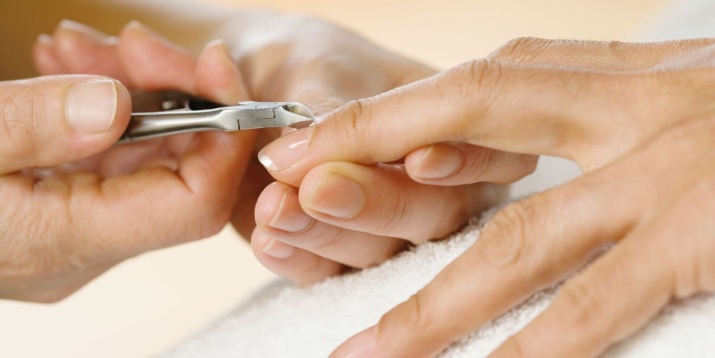
- Unedged (European). The safest and longest. In principle, it depends on the correct and constant care of the cuticle. You must massage the nails in the growth zone, moisturize and nourish, soften the cuticle with a remover (oil or cream).Next, an orange stick is taken and with it the cuticle is gently shifted to the base of the nail. This should be done already when the remover works and dries - the skin should be completely dry. After that, the hands and especially the cuticle area need to be moistened.
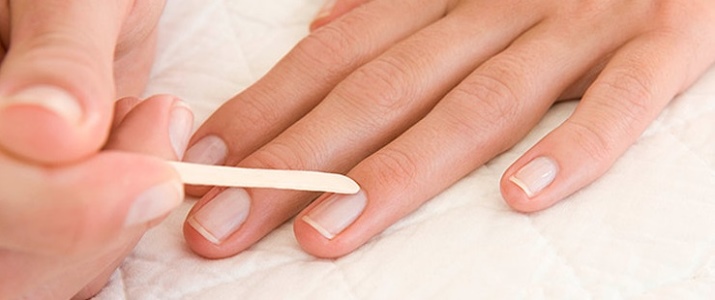
Removal tools
If in the salon a competent master himself is able to choose a cuticle remover, then at home you should buy everything at once. To begin with, it is worth saying that at home it is recommended to use only the European unedged method. It is the most secure.
For it, you will need an orange stick - a tool ranging in size from 9 to 18 centimeters and a width of 3 to 5, having one beveled edge and the other pointed. Sticks are sold in packages and cost from fifty to three hundred rubles. An orange stick is a disposable tool, it absorbs moisture very well, and you need to store it in a clean and dry place.
An additional plus of this tool is that it is suitable for removing dirt under the protruding part of the nail.
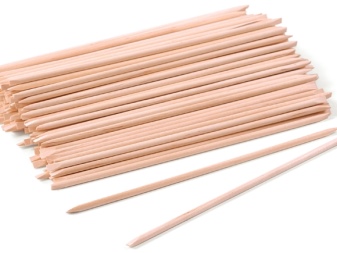
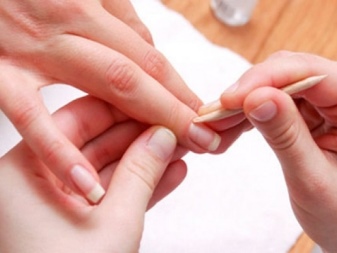
As an alternative, you can consider Europumice. This is a soft and smooth ceramic file that does not damage the cuticle and nail. It is also used for its polishing. There are several types of pumice depending on the color. Gray pumice is the most gentle, yellow is hard, and pink is the golden mean between them.

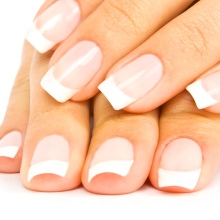
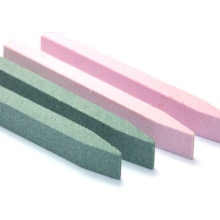
You will also need to purchase a special cuticle remover - a cuticle softener. It is sold as an oil or cream and acts on the cuticle in such a way that it can be easily picked up with an orange stick and separated from the nail plate.Castor oil and homemade baths with sea salt and essential oils can be used as a remover.
Directly for the care of the cuticle after its removal, you will need a good antiseptic without alcohol or a basic fatty oil.

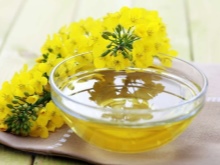
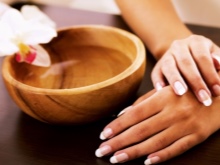
What means to choose?
When choosing cuticle care products, you should focus on your preferences and desires. If you want hydration and nourishment for every day, take a closer look at carrier oils. If you need to polish the nail and smooth out the burrs - go to waxes. A quality cream should be in your care in any case.
Remember that high-quality cuticle removers do not have to be expensive, but don’t be fooled by very low prices - be sure to check the expiration date and composition of the product. A little life hack - read the reviews about the product you want to buy and see its rating. According to advanced readers, you can definitely determine the remedy for yourself.
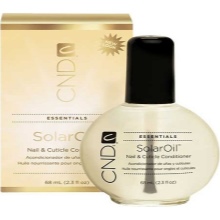
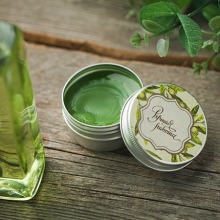
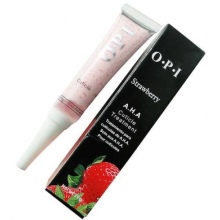
How to move?
To push back the cuticle, an orange stick or euro pumice is used. They and only they are able to competently and without damage push the cuticle under the skin. No toothpicks or cotton buds are out of the question.
The action itself goes like this:
- A special softening agent is applied to the cuticle - a remover. It can be a liquid, solution, gel, oil or something else - it depends on the manufacturer.
- Next, you need to wait for it to dry completely. When your hands are completely dry, grab an orange stick or euro pumice and, moving from the tip of the nail, pry the cuticle with shearing movements. It should come off the nail without pain and move away with a solid roller.
- After that, treat your nails with an antiseptic and apply a moisturizer or a product that can slow down the growth of the cuticle.
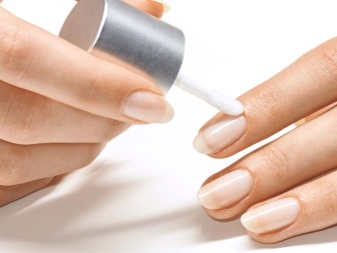
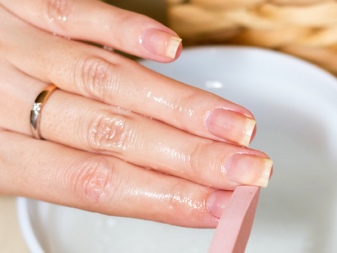
How to soften?
A cuticle remover is traditionally used to soften the cuticle. This is a special softener or cuticle remover - a keratolytic that does not affect the living part of the cuticle, but actively works with the dead one. Keratolytics break down keratin, the protein that makes up nails, and can therefore soften the cuticle.
Professional softeners may contain fruit acids or the artificial form of urea, ammonia and carbon dioxide.
Removers not only soften the cuticle and contribute to its competent removal, but also have moisturizing, antiseptic and healing properties.

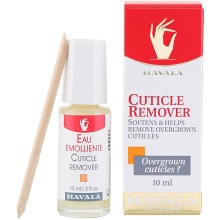
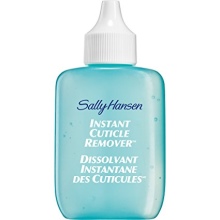
Removers are available in the form of oil mixtures, liquids, gels, creams. However, it is also possible to soften the cuticles with regular base oil or with special polyurethane baths.
How to clean at home?
The procedure for removing the cuticle at home should be performed according to all the rules of hygiene. That is why it is recommended to use the unedged method - so the likelihood of infection is the smallest. Properly selected materials - a remover and an orange stick - are exactly half the success when removing the cuticle. In the case of a European manicure, the actions are performed in the following sequence:
- The cuticle and the area around it are disinfected with hydrogen peroxide or chlorhexidine.
- A remover is applied to the cuticle, aged for several minutes according to the instructions until completely absorbed.
- With an orange stick, the cuticle is gently shifted, and nourishing oil or cream is applied to the nail.
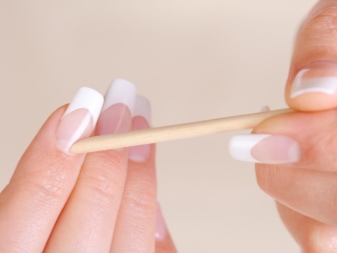

Why is he wiggling?
The cuticle can grow "burrs" for several reasons. The first and most common is the lack of moisture and nutrients. In this state, the cuticle begins to dry, grow, and it needs to be either thoroughly moisturized with oils and creams or removed.
By the way, about the removal. An incorrectly performed cuticle removal procedure can lead to its rapid overgrowth due to the body's need to recover faster. Most often, this is the edging method.

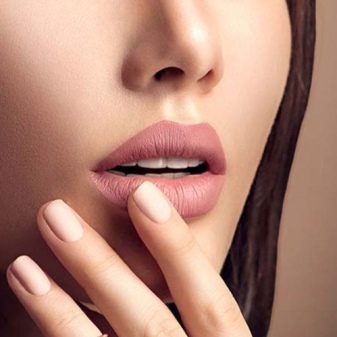
Also, sometimes the cuticle is frizzy, because the skin of the hands itself is dry - she has such a type, and the cuticle is rough and hard. In this case, you need to thoroughly rethink your hand and nail care and purchase more nutrients. In case of removal, it is better to contact the master of unedged manicure or hardware according to the European method. This is a rather superficial way, but it will definitely save you from “fringe” and burrs.
Inflammation and treatment
If the cuticle is cut incorrectly, it can become inflamed.
First of all, you need to identify the causes of inflammation. It can be caused by improper care, infections, physical damage, the use of aggressive household chemicals, the use of low-quality nail polishes, improper manicure procedures, improper processing, poor hygiene, hypovitaminosis - and this is only part of the most common and most common causes. There is also a complication after hormonal diseases. Remember that nails are indicators of changes taking place in the body, and sometimes seemingly normal redness or flaking can be the beginning of some serious illness.
Symptoms of cuticle disease are as follows - thickening of the nail, the appearance of grooves or notches on the nail bed itself, increased fragility. Also, the nails exfoliate due to damage to the cuticle.
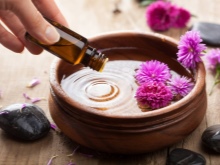
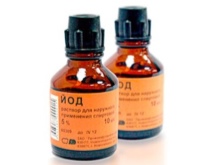
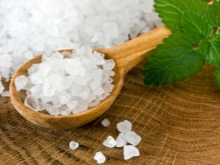
Special attention should be paid to inflammation. This is indeed a common phenomenon caused by improper circumcision or care. The most common fungal and infectious diseases, manifested by inflammation and peeling in the cuticle area. It can swell, turn red, burrs can begin to cause significant discomfort and begin to peel off. If you do not take up treatment in time, such an unpleasant moment as a purulent abscess may appear. There will be itching and pain. In this case, treatment at home is also possible, but if you are not sure of yourself, contact a specialist in a salon or hospital.
You will need complex treatment - for example, baths with iodine and sea salt. This procedure must be done for a week every day. Additionally, you can lubricate it several times a day with some base oil - almond, avocado, castor.

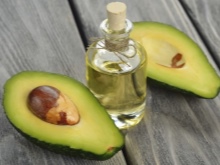
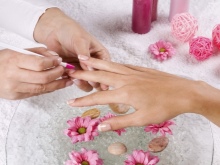
In the case of an abscess, you must use tweezers. Push back the cuticles with pressure so that the pus finds an outlet. When the abscess bursts without releasing the cuticle, press on the pad of your finger so that the pus comes out completely. Treat the affected area with hydrogen peroxide.
As a precaution, remember a few rules. Get a manicure done only by a professional, make sure that he wears gloves every time. If possible, give up a deep hardware or edged manicure, use only disposable orange sticks.
Do not neglect the rules of hygiene and try to avoid physical injuries to the nail, use only high-quality varnishes and care products.
How to paint nails without staining the skin?
Many girls are concerned about the question of how not to hurt the cuticle during a home manicure, since it can be quite problematic to remove varnish from it with a cotton swab dipped in nail polish remover. This problem is solved very simply.
You can apply oily winter cream, PVA glue or petroleum jelly to the cuticles and side ridges. Such a greasy or, conversely, dry texture will not allow the varnish to paint over the area of \u200b\u200bthe skin and the nail, too, so these products are applied as carefully as possible so as not to hurt the nail plate. They are removed after the varnish has dried with a cotton swab or by pulling the film.
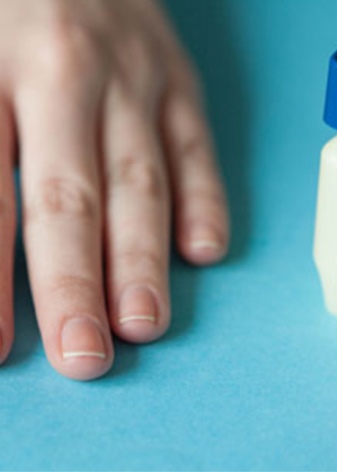
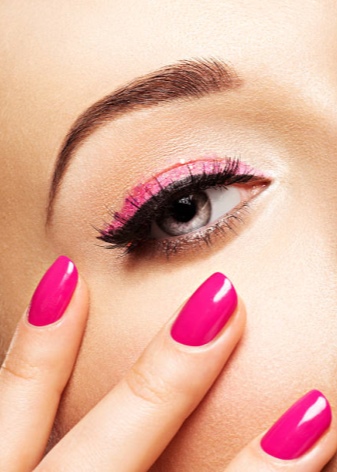
Also in cosmetics stores sell special protective coatings. They look like ordinary varnish, are sold in the same packaging and are applied with a similar brush. One difference is that they are painted on the cuticle around the nail. So called "skin defenders"are a complete protection against varnish - drying with an elastic film, they simply do not allow it to get on the skin. At the end of the manicure, the “protectors” are removed with a slight pulling movement. They do not leave marks on the skin, do not dry the cuticle and in no way affect the quality of the nails. This silicone film does not penetrate deep into the nail and is an excellent solution for home manicure.
You can pay attention to a special pencil for removing varnish. Its stem is dipped in nail polish remover and is thin enough to remove excess cuticle after you've painted your nails.
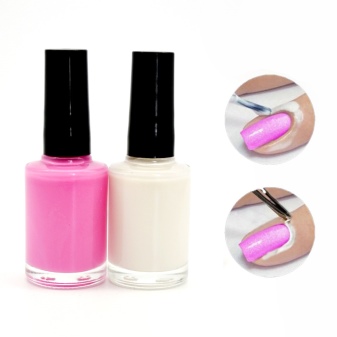
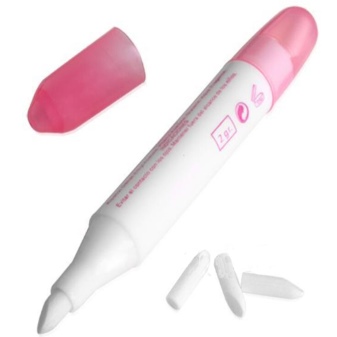
If you don’t have the opportunity to buy a “protector” or they don’t sell it in your city, then remember the technique of applying varnish without harming the cuticle. Initially, visually divide the nail into two vertical even halves and apply a base coat on the nail, which is responsible for the adhesion of the varnish, its durability and protects the nails from damage or overly corrosive pigment.
- Take a little varnish with a brush, wring it out on the neck. Each layer of varnish is still applied after the previous one has dried. Put a small dot near the lunula and gently push the varnish to the border with the cuticle. This is the most crucial moment and it depends on it whether you varnish the cuticle or not. Next, moving with stretching movements, stretch the point to the middle of the first half.
- Slightly turning the brush, paint over the side without touching the side roller You can pull it off with your free fingers. The movements are the same - stretching.
- Now paint over the entire nail completely. Wait for it to dry and apply a second coat using the same technique. Finish your work with a top.
In the following video, you will see two ways to remove the cuticle.






















